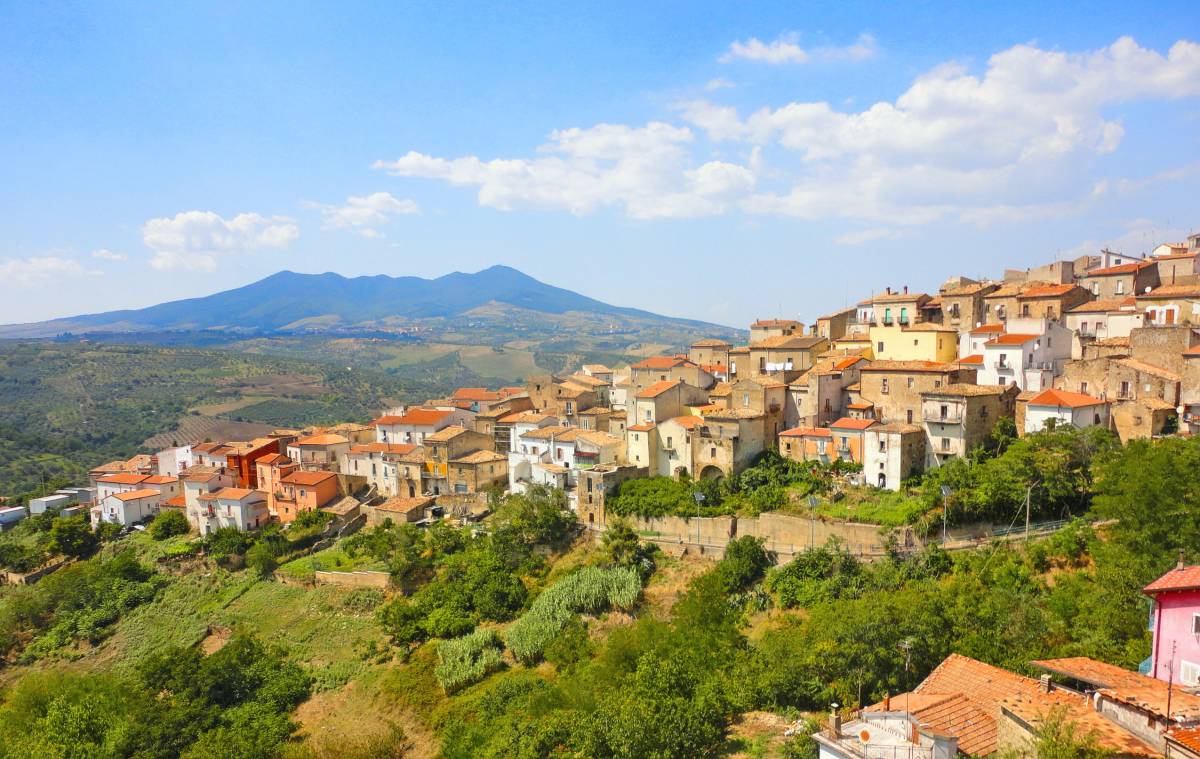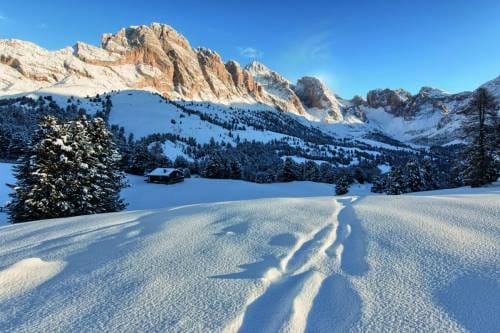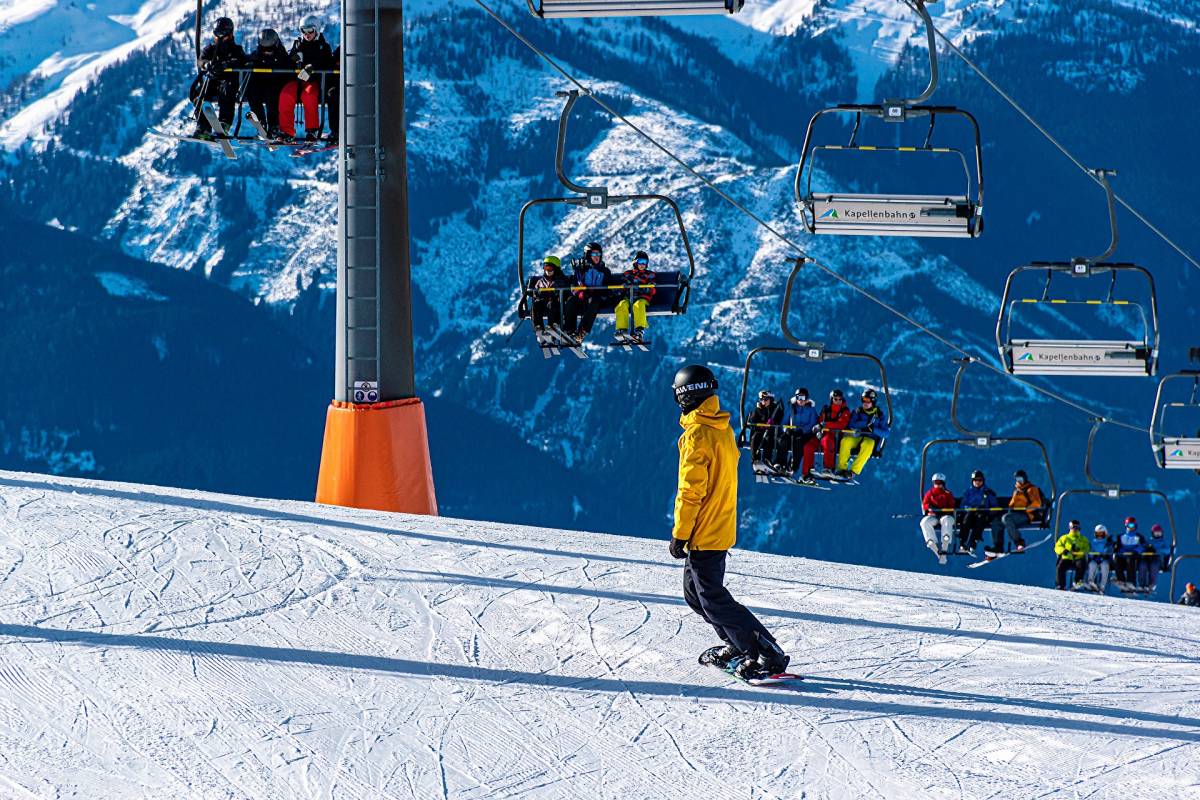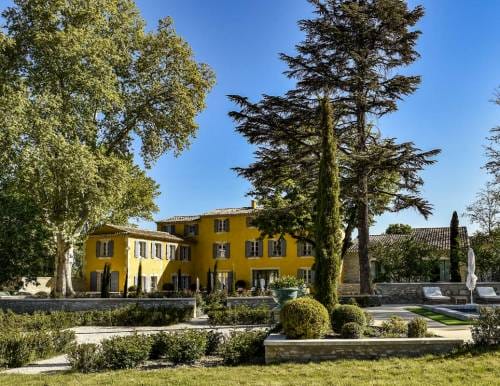A cheering crowd of Italians welcome Prince Albert II as he walks through the cobbled streets of Ripacandida. Flags flash brightly in the warm, autumn sun as a band plays classical melodies and school children hold up signs and drawings for the Prince to admire…
Last year, in October 2022, the centuries-old bond between the Italian village and Monaco’s Grimaldi family was finally made official. After a heartfelt handshake from Mayor Giuseppe Sarcuno, the Sovereign Prince unveiled a ‘Grimaldi Historic Sites of Monaco’ sign at the entrance to the village.
Grimaldis become feudal lords of Ripacandida
Modern windmills clash gently with the ancient whitewashed houses of Ripacandida. The town stretches across a fertile volcanic slope, perfect for “Aglianico” wine vineyards and olive trees. Archaeological digs in the 1970s and 80s made many discoveries, including a beautifully painted jug dating from the fifth century BC. The piece of pottery depicts a lightning bolt and a human figure in mourning surrounded by seven stars. The discovery is now in the National Archaeological Museum of Melfi.
In 1524, the Grimaldis of Monaco placed themselves under the protection of Habsburg Spain. In 1532, to consolidate the alliance, the Emperor Charles V, who dominated the south of the Italian peninsula as King of Naples, granted the lords of Monaco a number of fiefs and the Grimaldis of Monaco became feudal lords in Ripacandida.
Over one hundred municipalities in France and Italy share history with the Grimaldi Family. Prince Albert’s longstanding passion for retracing the branches of his family tree began when he was hereditary Prince in 1982. When he was 24 years old, he took a trip to uncover more about the history of the Grimaldis. Then, in 1997, Prince Rainier III invited members of the Italian government to the Palace to commemorate the seventh centenary of the Grimaldis in Monaco. The event quickly inspired Prince Albert II to visit some old fiefdoms in southern Italy.
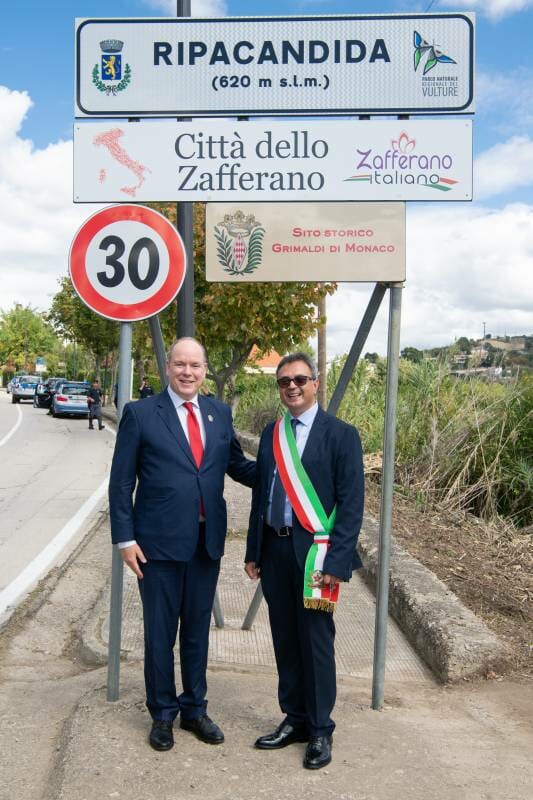
Prince Albert’s tour of Ripacandida
Last October, Prince Albert II was enthusiastically welcomed back to Southern Italy as the mayor of Ripacandida gave him a tour of the medieval centre. The Prince met the city’s elected officials at the Town Hall before walking to the People’s Square to make a speech expressing his thanks to the local region for the warm welcome. He then unveiled a plaque commemorating his visit. The town’s scenic lookout was renamed “Belvédère des Princes de Monaco” to memorialize the occasion.
The Prince then visited Casato Lioy, a residence in Ripacandida which belonged to a noble family who served the lords of Monaco. There, the Lioy family offered Prince Albert II an original and beautifully ornate hand-painted doctorate degree from the University of Naples. It dates from 1609, when the rulers of Monaco were lords of Ripacandida. The illuminated Grimaldi coat of arms and two crowned eagles painted in gold are featured on the diploma. The Prince also visited the town’s Sanctuary of San Donato, a former Franciscan convent dating from the 15th century.
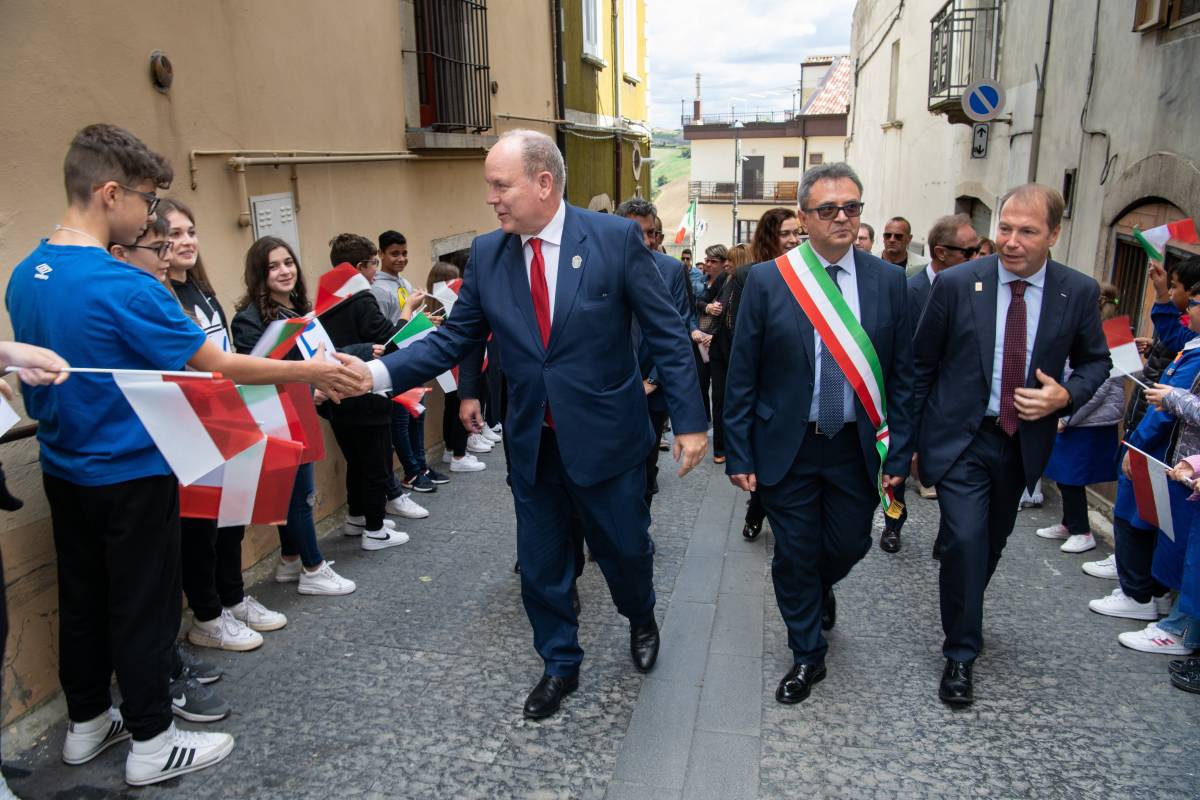
Book a stay at the Mansion that hosted Prince Albert II
The ancient Casato Lioy, which hosted Prince Albert II during his visit, is a mansion built in the year 1089 on foundations from an even earlier period. Now a bed and breakfast featuring historic furniture, chandeliers and paintings, plus a garden and mountain views, Casato Lioy is a hidden gem for any tourist visiting the area. The hotel has many perfect reviews from international visitors and is very well-priced at under €80 per night.
Another historic point of interest in Ripacandida is the ancient noble residence of Palazzo Baffari-Rossi, formerly a Carmelite convent during the 18th century, now the town hall. The lower floor of the building houses the Ripacandida Civic Art Gallery, which features a treasure-trove of over one hundred works of art.
For those who cannot visit Ripacandida in person, the gallery’s website currently features nine virtual exhibitions that anyone can enjoy! The beautifully curated images and photographs are complete with poetic captions that transport anyone with an internet connection into the Italian village. Exhibitions include: “The Frescoes of San Donato”, “Historic Garden of San Francesco” and “Journey to the Heart of Life in Ripacandida”.
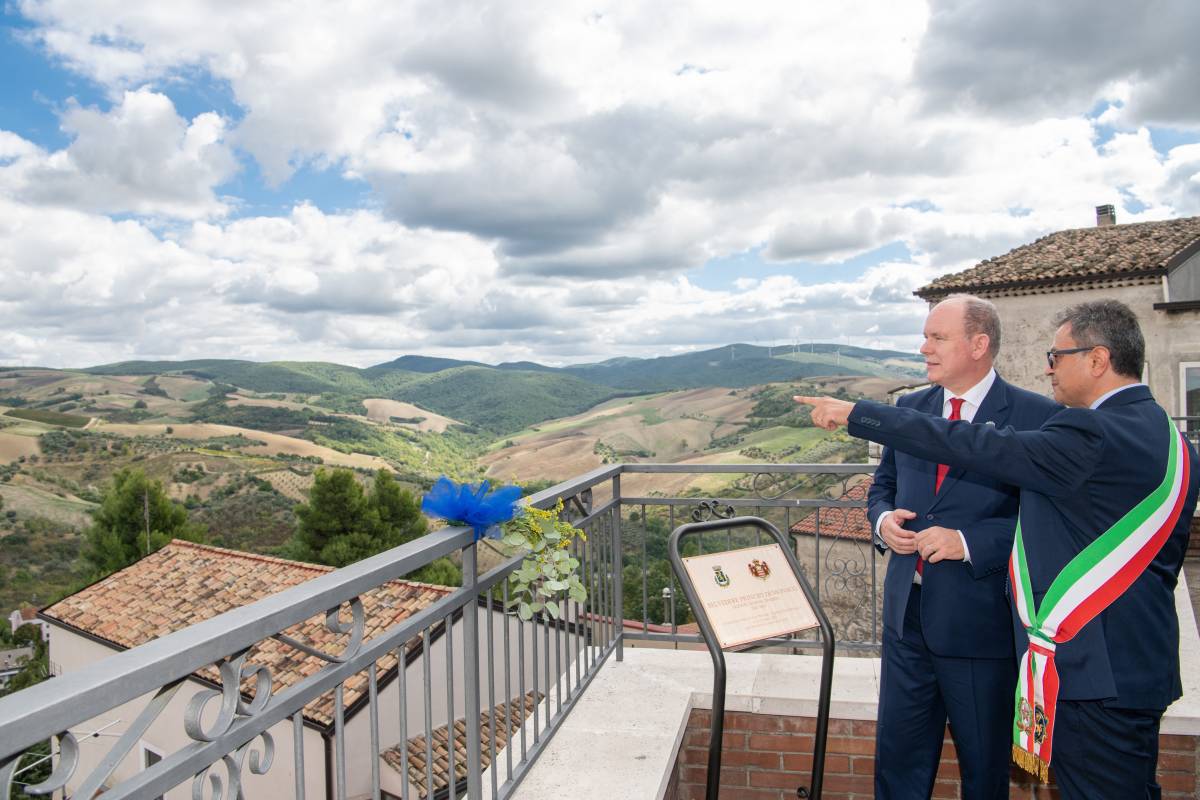
Play a game of “Morra” like the locals!
Villagers in Ripacandida have been playing a game called Morra for centuries (although it’s not as popular as it once was). All you need to play is two or more people and some quick thinking skills. If you’ve got a friend or family member nearby, why not give it a try?
To play, each participant simultaneously reveals their hand, extending any number of fingers, and quickly calls out a number. Any player who successfully guesses the total number of fingers revealed by all players combined scores a point. The winner receives a nice shot of “Aglianico” but any wine (or juice if you’re underage) will do!
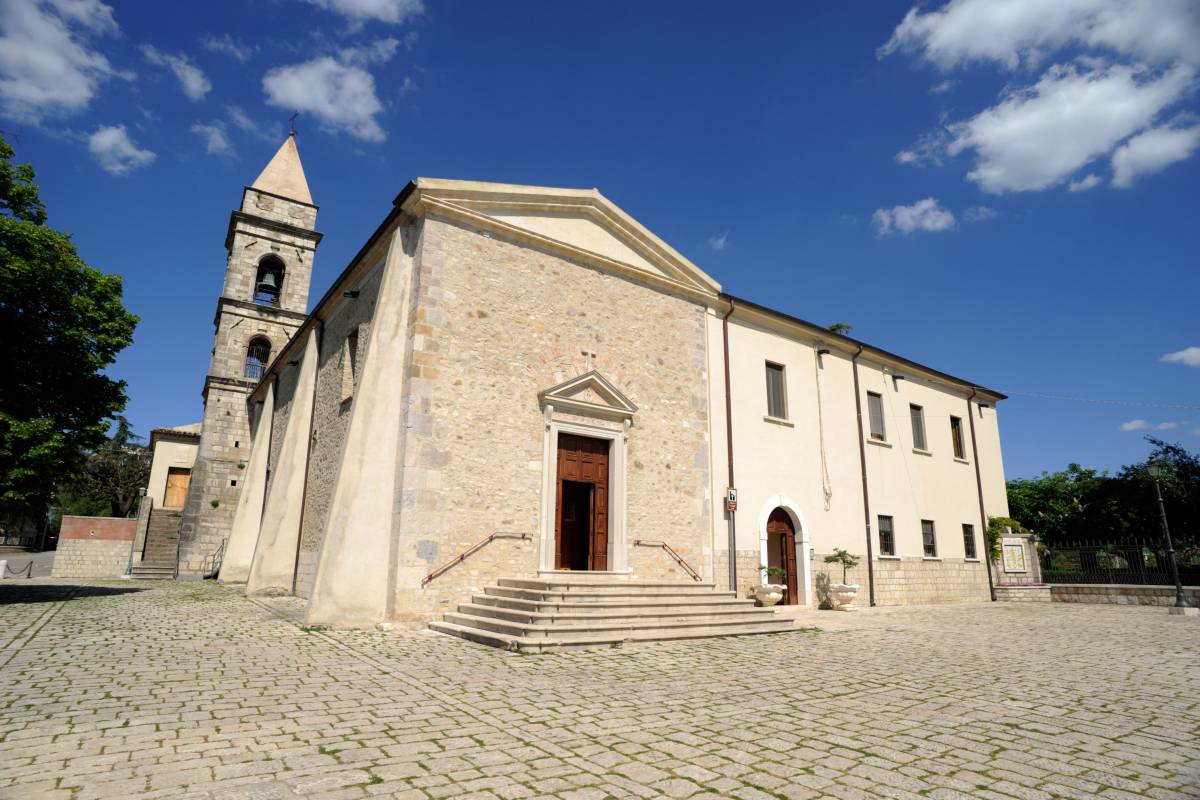
Pasta alla Ripacandida
On a hot, summer’s day, why not travel to Southern Italy from the comfort of your own kitchen by cooking up this simple and delicious pasta dish from Ripacandida? This recipe works best with exquisitely ripe tomatoes, bursting with juice
Ingredients:
400 g of spaghetti
600 g of fresh ripe tomatoes
a sprig of basil
1 onion
1 celery stick
extra virgin olive oil and salt to taste
Put peeled and seeded tomatoes into a bowl and cut them into pieces (if you cut them on a chopping board, you’ll lose the juice). Add finely chopped basil, thinly sliced onion and chopped celery. Add three to four tablespoons of oil and a pinch of salt. Boil pasta in salted water, drain and top with the unheated sauce. You can serve it straight away, or let it cool in the fridge until it’s time to eat. Top with grated parmesan cheese and garnish with more fresh basil.



